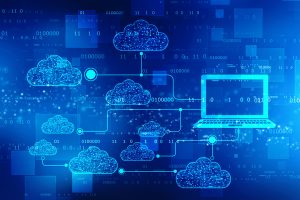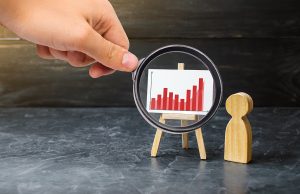 Though the word may be overused, state and local governments are indeed facing unprecedented challenges. Forced to move operations online in response to their own stay-at-home orders, state and local agencies have spent the last year retooling how they serve citizens. They have been paying for necessary technology upgrades and other new equipment while revenues from taxes have dropped considerably. Even with these financial challenges, state CIOs are committed to continuing with their innovation and modernization efforts.
Though the word may be overused, state and local governments are indeed facing unprecedented challenges. Forced to move operations online in response to their own stay-at-home orders, state and local agencies have spent the last year retooling how they serve citizens. They have been paying for necessary technology upgrades and other new equipment while revenues from taxes have dropped considerably. Even with these financial challenges, state CIOs are committed to continuing with their innovation and modernization efforts.
A study from the National Association of State CIOs (NASCIO) showed that priorities for state and local CIOs stayed consistent over the last year, with cybersecurity and enhancing digital citizen service being the top two. Of course, these two areas saw critical investments in 2020 just to keep the business of government running. In 2021, the solutions put in place will be revisited, evaluated for efficiency, and operationalized to support agencies moving forward.



 Natural Language Processing (NLP) is a computer science practice that aims to give computers the ability to understand
Natural Language Processing (NLP) is a computer science practice that aims to give computers the ability to understand  Data helps organizations make more informed decisions about how they serve their customers. Data informs policy and procedures and feeds more personalized interaction with people. But with great power comes vast responsibility. The data that organizations hold can be incredibly personal. It's more than just someone's social security number. It is information about where people live, work, shop, keep their money, get their news, and more. Individuals should have control over who knows this information and, if they do have it, how they use it. However, most of us do little to understand our privacy rights beyond blindly clicking a checkbox that allows sites to collect information about our activities.
Data helps organizations make more informed decisions about how they serve their customers. Data informs policy and procedures and feeds more personalized interaction with people. But with great power comes vast responsibility. The data that organizations hold can be incredibly personal. It's more than just someone's social security number. It is information about where people live, work, shop, keep their money, get their news, and more. Individuals should have control over who knows this information and, if they do have it, how they use it. However, most of us do little to understand our privacy rights beyond blindly clicking a checkbox that allows sites to collect information about our activities. The latest Federal IT Acquisition Reform Act (
The latest Federal IT Acquisition Reform Act ( The battles of tomorrow will likely not be fought on the ground, they will take place in cyberspace as nation-states and rogue actors alike look to interrupt the everyday functions of a country via high-tech attacks. Recently we saw the
The battles of tomorrow will likely not be fought on the ground, they will take place in cyberspace as nation-states and rogue actors alike look to interrupt the everyday functions of a country via high-tech attacks. Recently we saw the
